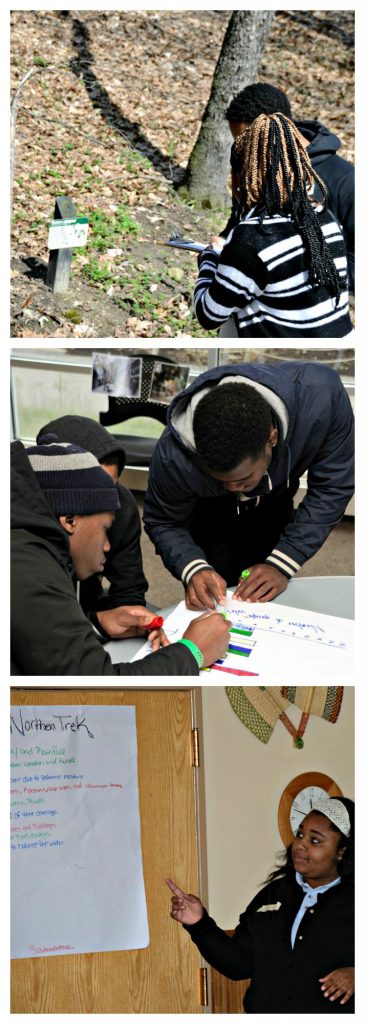Learning Communities Enhancing Urban Forest Communities
2014 | Hiram College
The grant from the Ohio Chapter of ISA for Hiram’s Environmental Tree Awareness Curriculum has added a new dimension to the Igniting Streams of Learning in Sciences (ISLS) program. Our past programs have been centered on biomonitoring protocols. The current funding has allowed us to expand the ISLS inquiry into local environments, potentially to any high school that has suitable spaces for planting trees. We hosted two preliminary overnights in fall 2013 for high school students from Berea High School and also from Rhodes, East Tech and Glennville High Schools in the Cleveland Metropolitan School District. We learned that students can become advocates for urban forests in as little as one 24-hour period of activities directed towards discovering what trees are and what they do for local communities. This request is to extend what we have learned by hosting three-day summer activities at the Watershed Stewardship Center in Parma, OH followed by one Tree Summit in the spring where students share outcomes of service learning projects. We will host eight Learning Communities that consist of one teacher and five students who are assisted by an undergraduate near peer mentor and a college faculty member. By working together in the learning community, teachers and students will become tree experts. The learning communities will implement a tree awareness/planting/maintenance program at their high school or at a neighboring K-8 school. The best project will receive an award for further work at their school. The award will increase engagement of students in learning science.
Results
Although we were successful in changing attitudes and understanding of the student participants in the program, we were not successful in getting these students and their teachers to form learning communities with action research service learning outreach to peers (high school students and teachers). This is an ongoing obstacle. Increased dialog with district administrators has led to a new approach, in development, to meet the original goals of the project but in a condensed timeframe. By the end of the summer Igniting Streams of Learning in Science International STEM Academy students and teachers from at least five CMSD high schools and two additional high schools in Northeast Ohio will complete an extensive learning experience centered on the principals of arboriculture, environment and water quality. Approximate forty students and seven teachers will produce several measures, as outlined previously, of their development and growth as scholars. In addition, we plan to implement an action research plan during the two-week summer institute to gather formative assessment to steer our program during the two weeks in July as well as going forward.
The true impact of support from the TREE Fund is yet to be fully realized. To date, funding has provided more than one-hundred students from an urban school district, CMSD, an opportunity to engage in learning experiences designed around the principals of urban forestry, arboriculture and ecosystem services. Teachers were similarly exposed to new methodologies of learning and using content to transform their school campuses, neighborhoods and communities into field stations where students learn and see and feel their personal impact. We are encouraged by the level of interest by both students and teachers, and look to the summer ISLSI STEM Academy as an opportunity to engage more students in authentic learning with a more fully-developed curriculum. Our goal is to use of resources and pedagogies in new ways to motivate students to complete additional science education and be prepared to enter careers promoting environmental awareness and the benefits trees provide.

